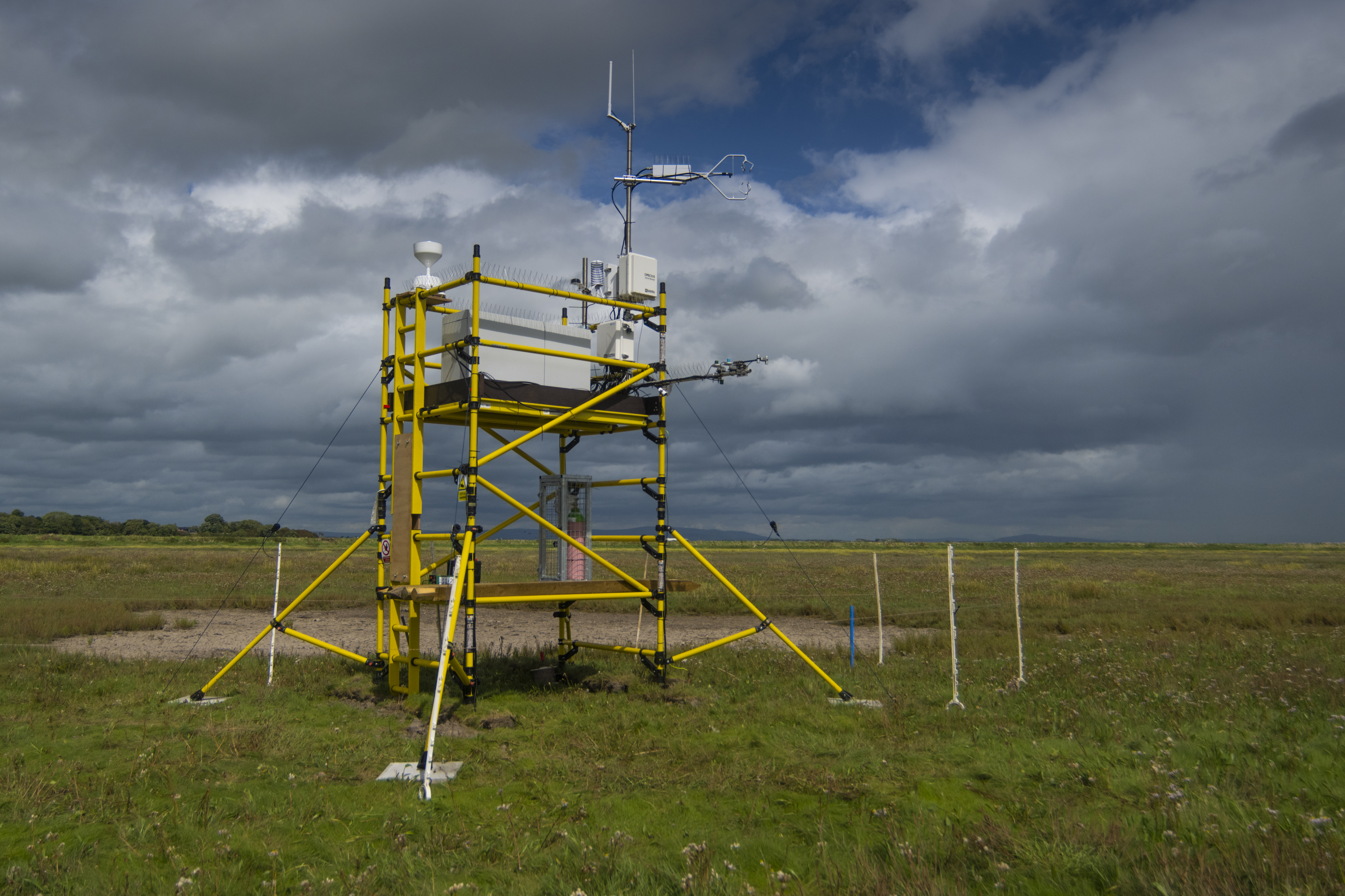‘Mud matters’ – research shows saltmarshes are significant carbon store
A report from WWF and Aviva offers the first results from a network of towers measuring the carbon storage in coastal saltmarsh habitat.

Saltmarshes are “significant” carbon stores, but are at risk from rising sea levels, new research reveals.
A report from conservation charity WWF in partnership with insurance giant Aviva highlights the important role of saltmarshes around the UK’s coasts in tackling climate change and protecting coastal communities.
The report reveals findings from a solar-powered “carbon flux tower”, funded by Aviva, which measures the exchange of key greenhouse gas carbon dioxide between the air and the saltmarsh on the Ribble Estuary, Lancashire.
It is a technique already used to monitor carbon capture and releases in other vital habitats such as woodlands and peatlands, but has now been adapted and applied to saltmarsh, with the Ribble Estuary producing the first results from a new network of towers.

The data show the habitat is a significant “sink” or store of carbon dioxide, and while there are seasonal fluctuations in storage and release of the gas, the amount absorbed during the spring and summer outweighs what is released during the autumn and winter months.
WWF and Aviva are calling for saltmarshes to be included in the UK’s “greenhouse gas inventory” – the official record of the country’s emissions and removals which is used to track progress towards reducing climate pollution to zero overall, known as net zero.
The two organisations argue that including saltmarshes would improve national reporting and help unlock funding and policy supporting the habitat’s protection and restoration.
Experts warn that 85% of the UK’s saltmarshes, which provide wildlife habitat, carbon capture and natural flood management through slowing the movement of seawater inland, have been lost since the mid 19th century.
The remaining habitat plays a “crucial role” in shielding coasts from rising seas and storm surges, helping protect assets worth more than £200 billion in England and Wales, the report said.
But with climate change driving rising sea levels, the new report, produced in collaboration with the UK Centre for Ecology and Hydrology and the RSPB, assesses how the country’s remaining marshes are faring as waters rise.
To find out if saltmarshes were able to maintain their height above sea level, the conservationists set up a network of surface elevation tables, which measure how marsh height changes over time, across six UK saltmarshes.
The assessment found that generally saltmarshes were gaining height, although the results varied by region.

Marshes in areas such as Chichester and The Wash in East Anglia appear to be expanding, while those in North Norfolk and the Ribble are showing signs of struggling in the face of rising sea levels, the report said.
Tom Brook, ocean conservation specialist at WWF, said: “The results are in, and mud matters. Saltmarshes are powerful natural allies in the fight against climate change – storing carbon, protecting our coasts and supporting rich biodiversity.
“As extreme weather and rising sea levels put more people and places at risk, the case for protecting and restoring these habitats has never been stronger.
“This research adds to a growing body of evidence showing that saltmarshes are not just ecologically important but essential to building a resilient, net zero future.”





